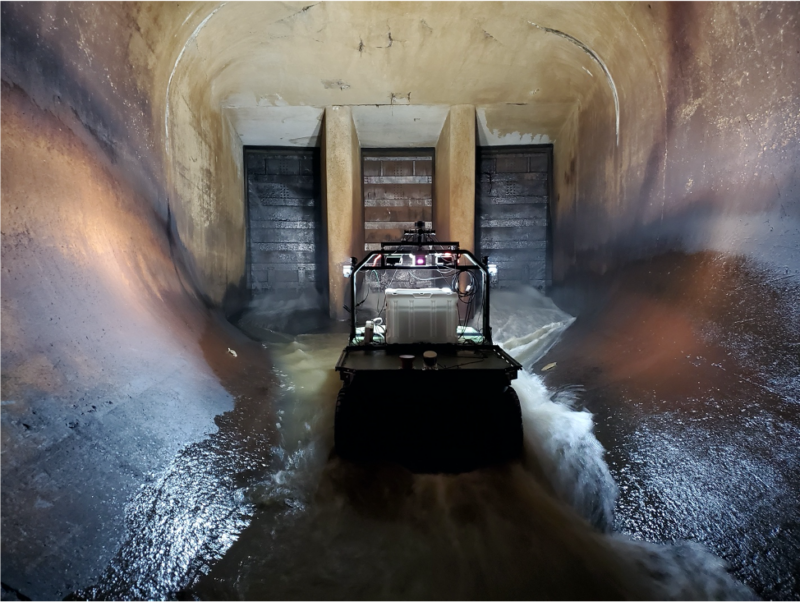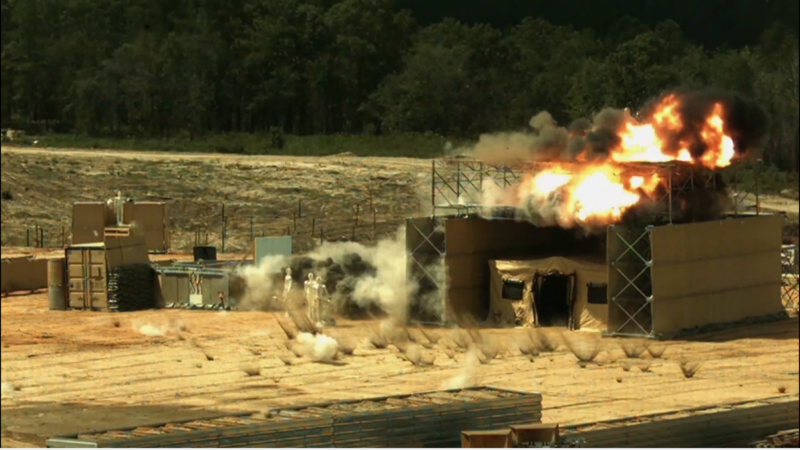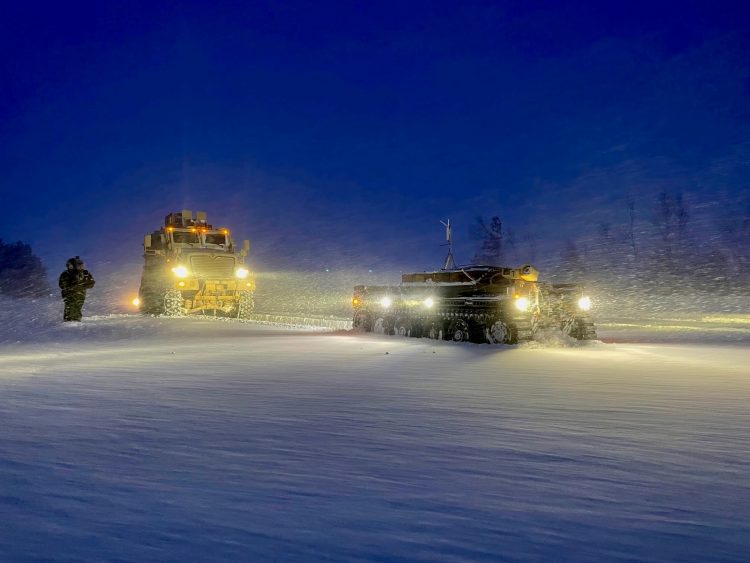#13: Permafrost Basic Research
Permafrost, or ground that has been frozen for at least two years, covers roughly a quarter of the Northern Hemisphere. And it is teeming with microbes, including many with unique characteristics that have allowed them to adapt to extremely low temperatures and survive for decades. As climate change threatens to thaw permafrost and revive these…
Read MorePodcast: Play in new window | Download










Recent Comments